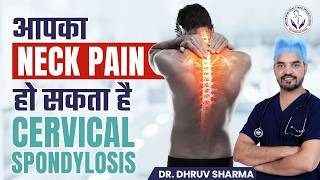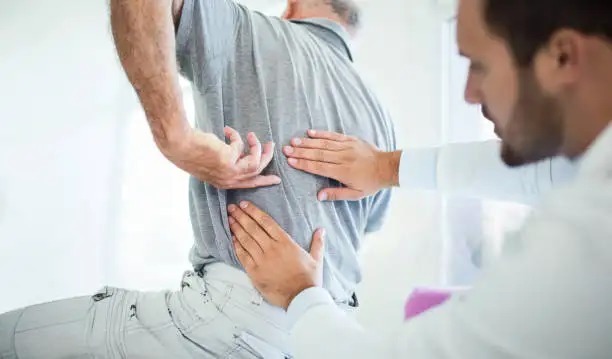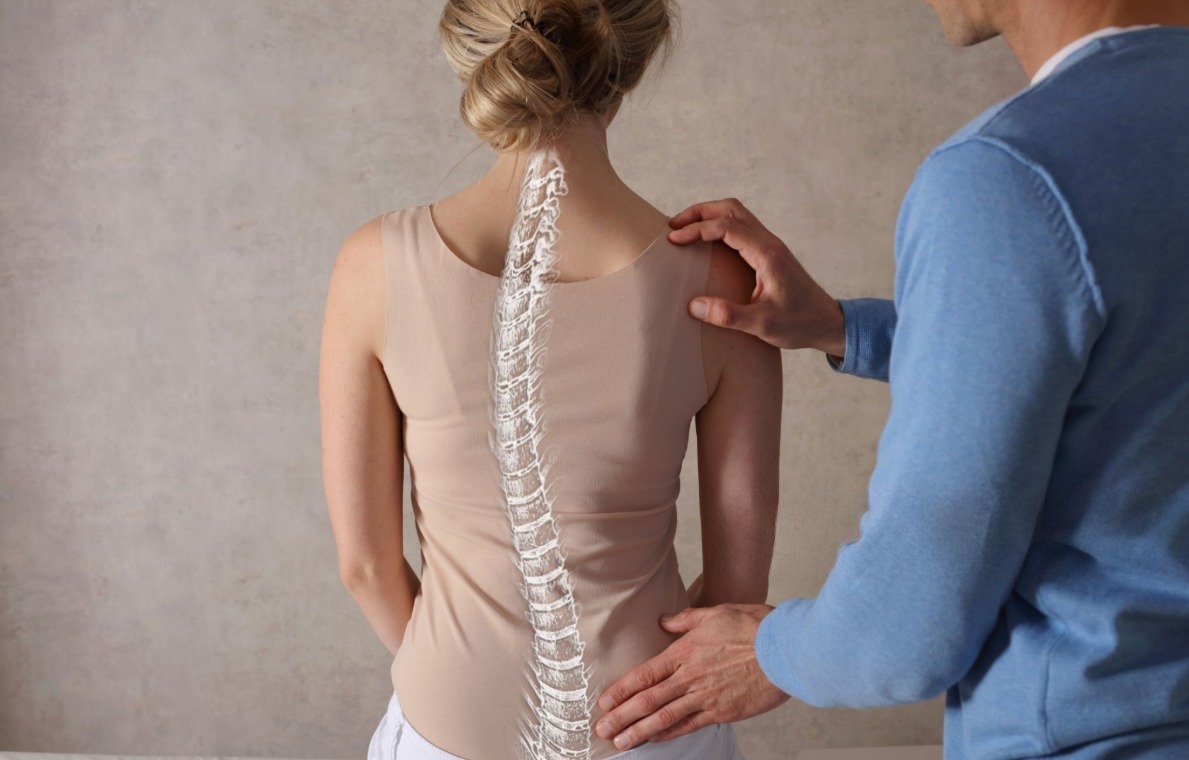Is Your Neck Pain a Sign of Cervical Spondylosis? 3 Symptoms You Need to Know
Ever felt that nagging pain in your neck or shoulders and wondered if it’s just stress, or something more? Many of us casually throw around the term “cervical” when we experience neck discomfort, but what does it really mean? Let’s break down cervical spondylosis, a common condition that affects the neck, and explore the key symptoms you shouldn’t ignore.

What Exactly is Cervical Spondylosis?
In simple terms, cervical spondylosis refers to the wear and tear that happens in your neck as you age.t involves changes to the discs and joints in your cervical spine.
Think of your spine as a stack of building blocks (vertebrae), with cushions (intervertebral discs) in between. These discs and small joints (facet joints) allow for movement and flexibility. As we get older (usually after 60), these structures can start to break down. This can cause:
- The bones themselves to wear down (osteophytosis).
- Arthritis in the facet joints.
- Degeneration of the discs.
Any symptoms that pop up in your neck because of these issues can be labeled as cervical spondylosis.
3 Signs of Cervical Spondylosis to Watch For
Dr. Sharma highlights three main ways cervical spondylosis shows up. Remember, everyone experiences pain differently, so pay attention to your body.
Sign #1: Neck Pain
Neck pain is often the first sign. But it’s not always straightforward! The pain can vary a lot:
- Where it hurts: You might feel it right in the middle of your neck, in your upper back, or even spreading to your shoulders.
- How often it hurts: The pain could be constant, or it might come and go – maybe once a week, a few times a month, or just every now and then.
- How bad it hurts: The pain can range from a mild annoyance that you can easily ignore to a severe, debilitating pain that makes it hard to work or even function.
Interestingly, the position of your neck can also influence pain:
- If the pain is related to a disc problem, bending your neck forward might make it worse.
- If it’s coming from the facet joints, tilting your head back could increase the discomfort.
The good news is that while neck pain is the most common symptom, it’s often the easiest to address.
Sign #2: Neck Pain with Nerve Issues
This is where things get a little more complicated. In this case, you’ll have neck pain plus signs of nerve root impingement, which means a nerve in your neck is being compressed. This can be caused by disc issues, problems with the facet joints, or bony growths.
The specific symptoms depend on which nerve is affected:
- C4-C5 nerve: Pain in your shoulder.
- C5-C6 nerve: Pain that travels down to your thumb.
- C6-C7 nerve: Pain that goes to your middle finger.
- C7-C8 nerve: Pain that extends to your little finger.
But pain isn’t the only symptom! Nerve compression can also cause:
- Numbness: In the same areas as the pain (shoulder, thumb, middle finger, little finger).
- Muscle weakness:
- C5 nerve: Weakness in your shoulder.
- C6 nerve: Weakness in your biceps (you might find it hard to do a chin tuck).
- C7 nerve: Weakness in your triceps (push-ups become difficult).
- C8 nerve: Weakness in your hand (gripping things is tough).
Dealing with nerve root impingement is usually trickier than just managing neck pain alone.
Sign #3: Spinal Cord Compression
This is the most serious pattern of cervical spondylosis. It happens when the spinal cord – the main cable connecting your brain to the rest of your body – gets compressed in your neck. This is also known as cervical myelopathy.
When the spinal cord is compressed, it can lead to:
- Weakness in both your arms and legs.
- Numbness in your arms and legs.
- Instablity in walking.
If you experience these symptoms, it’s essential to seek medical attention immediately! Spinal cord compression is a serious condition that might require surgery.
Cervical Spondylosis: Not Just for Older Adults Anymore
Cervical spondylosis used to be seen mainly in people over 60. Sadly, it’s becoming more common in younger adults (30s and 40s).
We have discussed about it in our next blog.
It be related to poor posture or “tech neck” from constantly looking down at our devices?
What To Do Next?
If you are experiencing symptoms, it’s always best to seek out professional medical advice.
Don’t Ignore the Signs
Cervical spondylosis can significantly impact your quality of life. Recognizing the symptoms early and seeking appropriate care is crucial to managing the condition and preventing it from worsening.
For More Details Please Watch This Video:
Keywords For This Video
neck pain,neck pain relief,neck pain relief in hindi,neck muscle pain relief,neck pain symptom,cervical,cervical pain,cervical spondylosis,cervical pain symptoms,cervical pain ke liye kya kre,cervical spondylosis treatment,cervical spondylosis symptoms,cervical spondylosis in hindi,cervical pain treatment,Cervical Spondylosis,spine problems,neck stiffness,spondylosis symptoms,spondylosis treatment,neck pain treatment,best spine doctor india,dhruv sharma





